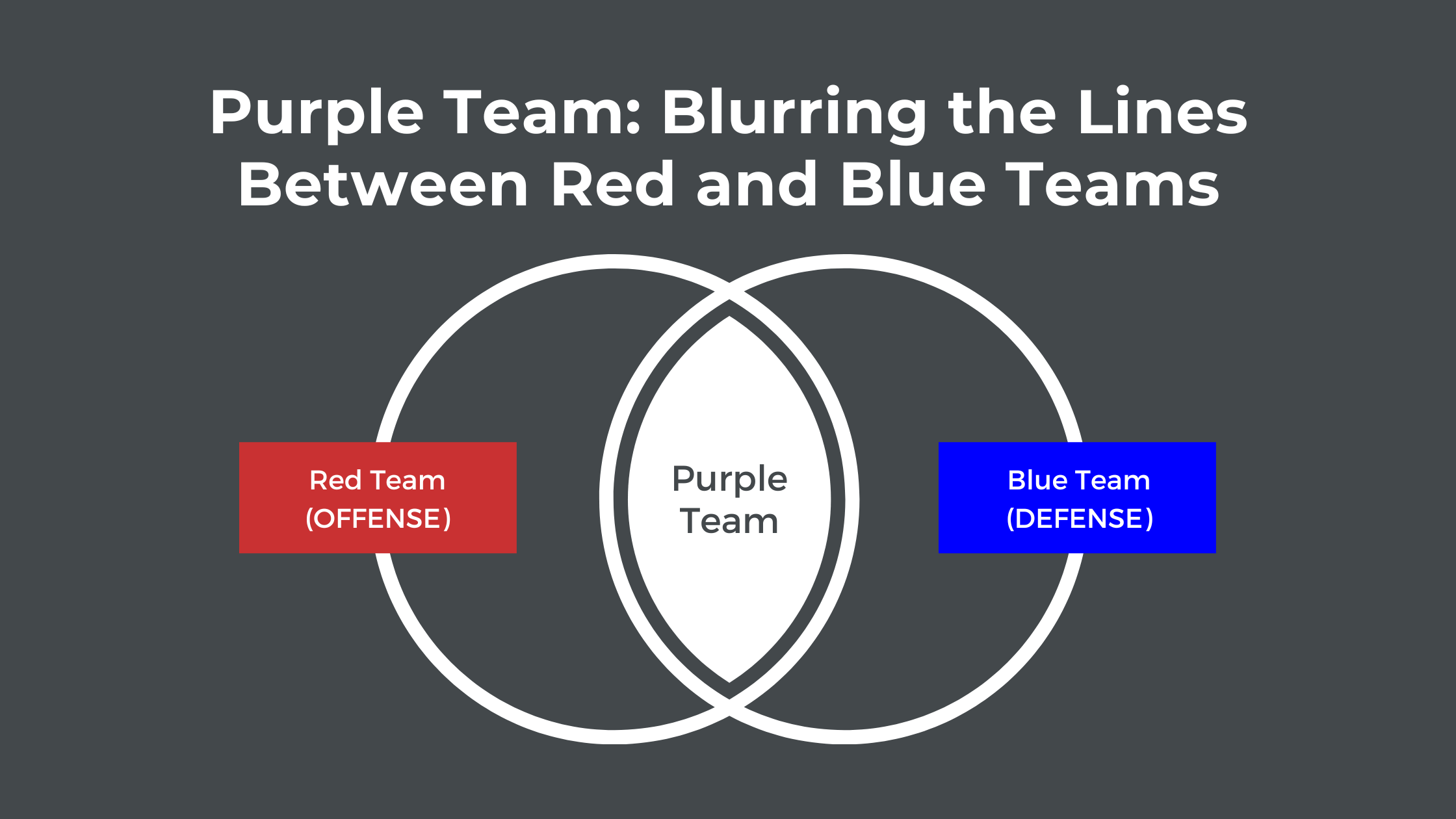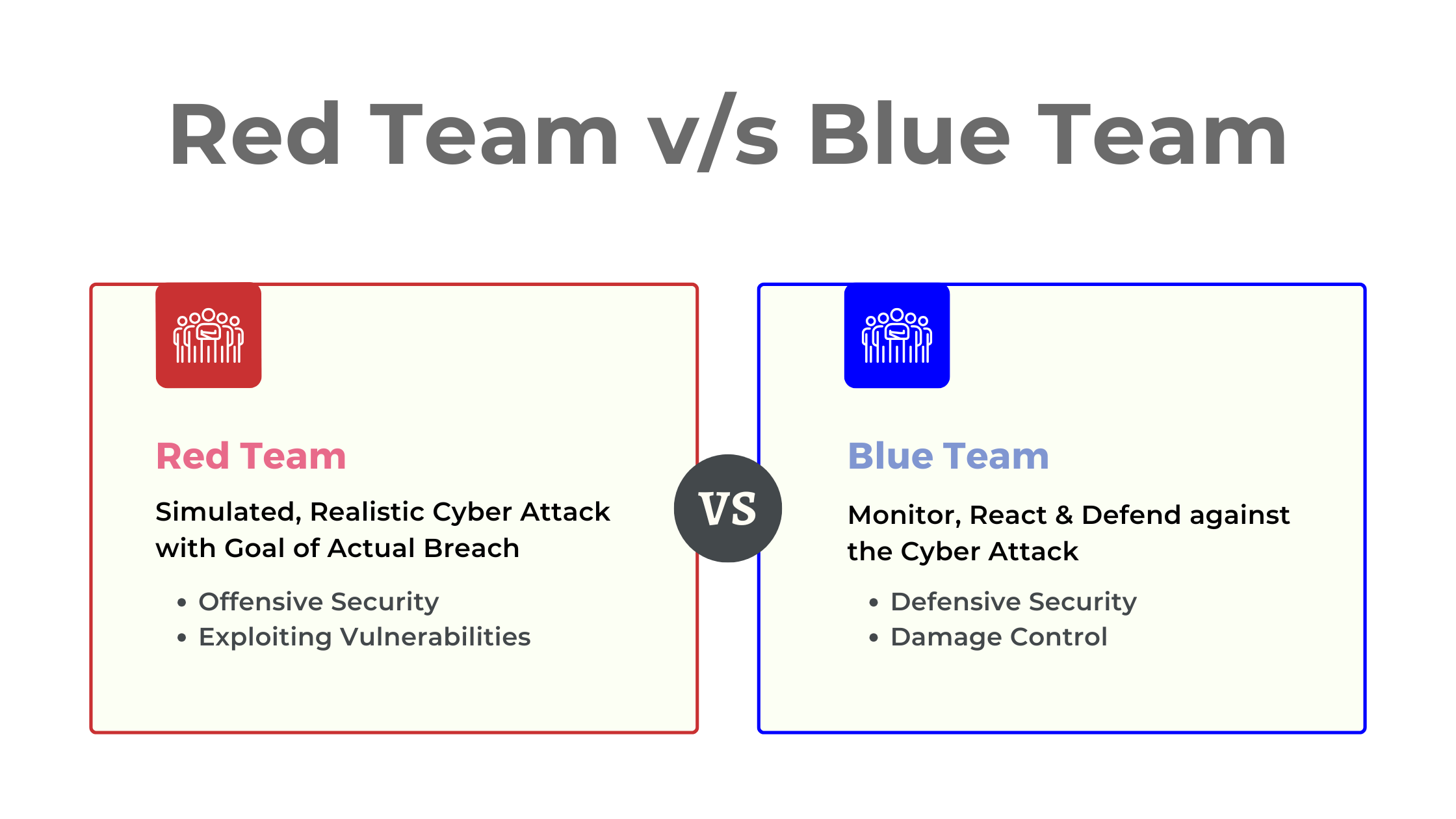Picture this: You’re a CISO responsible for a large financial institution in India. Your organization handles sensitive customer data, millions of transactions, and faces constant scrutiny from regulators. You’re walking a tightrope. On one side is the ever-present threat of a devastating cyberattack, which could cripple your operations and erode customer trust. On the other side is the pressure to innovate, to embrace new technologies, and to stay competitive. Traditional security measures are like having a safety net far below – they might catch you if you fall, but they won’t prevent the fall in the first place.
Our guide introduces you to a different kind of safety net: Breach Attack Simulation (BAS). We’ll explore what BAS is, why it’s essential for navigating the complex cybersecurity landscape, and how to implement it effectively to protect your organization’s reputation and bottom line.
Understanding BAS and Its Importance
Breach Attack Simulation (BAS) allows you to proactively test the strength of your tightrope, to identify weak points and reinforce them before you take a misstep. It’s like having a team of expert climbers meticulously inspecting every strand of your rope, simulating different stresses and strains, and ensuring it can withstand the challenges ahead. This isn’t just about avoiding a fall; it’s about confidently striding forward, knowing you have the right tools and strategies in place.
What is Breach Attack Simulation (BAS)?
Breach Attack Simulation (BAS) is a proactive cybersecurity testing methodology that simulates real-world cyberattacks on your organization’s systems and networks. It allows you to identify vulnerabilities and weaknesses in your defenses before they are exploited by actual attackers. Think of it as a fire drill for your cybersecurity team.
Purpose of BAS
The primary purpose of BAS is to identify security gaps and improve your organization’s resilience against cyberattacks. It helps you understand how your existing security controls would perform under attack and provides actionable insights for improvement.
Why Do You Need Breach Attack Simulation (BAS)?
BAS Simulation is essential in today’s threat landscape for several reasons:
- Proactive Identification of Vulnerabilities: BAS helps you find vulnerabilities before attackers do.
- Continuous, Real-Time Testing: Regular BAS testing provides ongoing visibility into your security posture.
- Simulate Real-World Attacks: BAS replicates real-world attack scenarios, giving you a realistic assessment of your defenses.
- Improve Incident Response and Team Readiness: BAS helps your team prepare for and respond to cyberattacks more effectively.
- Strengthen Compliance and Regulatory Requirements: BAS can help you meet compliance requirements by demonstrating a proactive approach to security.
- Enhance Security Awareness Across the Organization: BAS can be used to educate employees about cyber threats and best practices.
The Evolution of BAS
Breach and Attack Simulation has evolved significantly in response to the growing sophistication of cyber threats. Early BAS tools were often basic, focusing on simple attack simulations. Today, advanced BAS platforms can emulate complex attack scenarios, including ransomware, phishing, and advanced persistent threats (APTs). They leverage threat intelligence and automation to provide more realistic and comprehensive testing.
What Are the Types of Breach Attack Simulation (BAS)?
Several types of breach attack exist, and BAS solutions address them:
- Network-Based BAS: Simulates attacks targeting your network infrastructure.
- Endpoint-Based BAS: Focuses on attacks targeting individual devices like laptops and desktops.
- Web Application-Based BAS: Simulates attacks against your web applications.
- Cloud-Based BAS: Tests the security of your cloud environments.
- Identify and Access Management (IAM) BAS: Assesses the security of your identity and access management systems.
- Red Team Simulation-Based BAS: Emulates the tactics and techniques of red teams, providing a more advanced level of testing.
- Phishing Simulation-Based BAS: Tests employees’ susceptibility to phishing attacks.
- Hybrid BAS: Combines multiple types of BAS testing for a more comprehensive assessment.
- Internal and External Attack Simulation: Simulates attacks originating from both inside and outside your organization.
Breach Attack Simulation (BAS) Methodology
A typical BAS methodology includes the following steps:
- Planning and Preparation: Define objectives, scope, and attack scenarios.
- Attack Simulation Setup: Configure the BAS platform and deploy attack simulations.
- Simulation and Attack Execution: Run the simulations and execute the attacks.
- Monitoring and Data Collection: Gather data on the effectiveness of your defenses.
- Analysis and Reporting: Analyze the results and generate reports.
- Remediation and Recommendations: Address identified vulnerabilities and implement recommended changes.
- Retesting and Continuous Improvement: Retest after remediation and continuously improve your security posture.
- Integration with Other Security Frameworks: Integrate BAS with existing security tools and frameworks.
- Reporting and Compliance: Use BAS reports to demonstrate compliance.
What are Breach Attack Simulation (BAS) Tools?
Top BAS tools automate the simulation of cyberattacks. Some popular breach attack simulation tools include:
- Cymulate
- Picus Security
- AttackIQ
- XM Cyber
- Breachlock
- SafeBreach
These breach simulation tools offer various features, including pre-built attack scenarios, customizable simulations, and detailed reporting. However, with so many options, how do you choose the best one for your needs? We’ve got you covered. For a comprehensive overview of the top contenders, check out our guide to the Best Breach Attack Simulation Tools for 2025. And to ensure you make an informed decision, our article on the Top 10 Criteria for Choosing the Right Breach Attack Simulation Tools will walk you through the key factors to consider.
Integration of BAS with Other Security Practices
BAS integrates well with other security practices, including:
- BAS and SIEM: BAS can integrate with SIEM to provide real-time alerts and insights.
- BAS and SOAR: BAS can trigger automated responses through SOAR platforms.
- BAS and Threat Intelligence: BAS can use threat intelligence to simulate the latest attack techniques.
- BAS and Vulnerability Management: BAS can help prioritize vulnerability remediation efforts.
Industries That Need (Breach Attack Simulation) BAS
Breach and attack simulation software is crucial for organizations in various industries, including:
- Financial Services
- Healthcare
- Government and Public Sector
- Energy and Utilities
- Technology and Software Development
- Legal and Professional Services
Benefits of Breach Attack Simulation (BAS)
The benefits of breach & attack simulation are numerous:
- Continuous Testing and Monitoring: Provides ongoing visibility into your security posture.
- Early Detection of Vulnerabilities: Identifies weaknesses before attackers exploit them.
- Reducing the Time to Detection (TTD): Helps you detect and respond to attacks faster.
- Enhancing Incident Response Plans: Improves your team’s ability to respond to cyberattacks.
Challenges and Limitations of BAS
While BAS is a powerful tool, it also has some challenges:
- Complexity of Real-World Simulation: Replicating all aspects of a real-world attack can be challenging.
- False Positives/Negatives: BAS tools can sometimes generate false positives or negatives.
- Cost and Resource Allocation: Implementing and managing BAS can require significant investment.
- Data Privacy and Legal Considerations: You need to be mindful of data privacy and legal regulations when conducting BAS testing.
- Integration with Legacy Systems: Integrating BAS with older systems can be complex.
Best Practices for Implementing BAS
Following these best practices will help you maximize the effectiveness of your breach simulation:
- Establishing Clear Objectives: Define what you want to achieve with BAS.
- Defining Attack Scenarios: Develop realistic attack scenarios based on your industry and threat landscape.
- Monitoring and Adjusting Simulations: Continuously monitor and adjust your simulations to reflect the latest threats.
- Collaboration Between Security Teams: Ensure that your security teams collaborate effectively.
- Maintaining and Updating Your BAS Strategy: Regularly review and update your BAS strategy.
How to Choose the Best Breach Attack Simulation (BAS) Provider for You?
When choosing breach and attack simulation vendors, consider the following factors:
- Understand Your Specific Needs: Identify your organization’s specific requirements.
- Customization and Realism: Choose a vendor that offers customizable and realistic attack simulations.
- Integrations with Existing Security Tools: Ensure the BAS platform integrates with your existing security tools.
- Ease of Use: Choose a platform that is easy to use and manage.
- Analytics and Reporting: Look for robust analytics and reporting capabilities.
- Scalability: Ensure the platform can scale to meet your organization’s needs.
- Vendor Roadmap and Innovation: Choose a vendor that is continuously innovating and improving their platform.
Cost of Breach Attack Simulation (BAS) & ROI
The cost of Breach Attack Simulation (BAS) can vary depending on several factors:
- Deployment Model: Cloud-based vs. on-premise.
- Organization Size and Complexity: Larger and more complex organizations will typically have higher costs.
- Features and Functionality: More advanced features will increase the cost.
- Licensing and Subscription Fees: Vendors may charge based on the number of assets, users, or simulations.
ROI of Breach Attack Simulation (BAS): While the initial investment in BAS might seem significant, the return on investment can be substantial. BAS helps you avoid the far greater costs associated with a successful cyberattack, including:
- Reduced Risk of Data Breaches: Preventing data breaches saves you from financial losses, reputational damage, and legal liabilities.
- Improved Incident Response and Detection: Faster detection and response minimize the impact of an attack.
- Enhanced Security Posture: A stronger security posture reduces your overall risk profile.
- Proactive Vulnerability Management: Identifying and fixing vulnerabilities before they are exploited saves you time and resources.
Future of Breach Attack Simulation (BAS)
Emerging trends in BAS:
- AI and Machine Learning: AI and machine learning are being integrated into BAS platforms to automate attack simulations and improve accuracy.
- Increased Automation: BAS is becoming more automated, allowing for continuous and more frequent testing.
- Cloud-Native BAS: Cloud-native BAS solutions are gaining popularity, offering scalability and flexibility.
- Integration with Threat Intelligence: BAS platforms are increasingly integrating with threat intelligence feeds to simulate the latest attack techniques.
- Focus on Attack Surface Management: BAS is playing a crucial role in attack surface management, helping organizations understand and reduce their attack surface.
- BAS in DevSecOps: BAS is being integrated into the DevSecOps pipeline to ensure security is built into applications from the start.
Predictions for BAS in Cybersecurity: BAS is expected to become an integral part of every organization’s cybersecurity strategy. As cyber threats continue to evolve, BAS will play a crucial role in helping organizations stay one step ahead.
The Role of BAS in Cybersecurity Regulation: Regulators are increasingly emphasizing the importance of proactive cybersecurity testing. BAS can help organizations demonstrate compliance with these regulations.
Conclusion
Breach Attack Simulation (BAS) is a critical tool for organizations looking to strengthen their cybersecurity defenses. By simulating real-world attacks, BAS helps you identify vulnerabilities, improve incident response, and enhance your overall security posture. While there are challenges associated with implementing BAS, the benefits far outweigh the costs. By following the best practices outlined in this guide, you can effectively leverage BAS to protect your organization from the ever-growing threat of cyberattacks.
Ready to take your cybersecurity to the next level? Contact us today to learn more about how our BAS solutions can help you protect your organization from cyber threats. We offer customized solutions tailored to your specific needs and budget. Don’t wait until it’s too late – proactively strengthen your defenses with BAS. Schedule a demo to see our BAS platform in action



